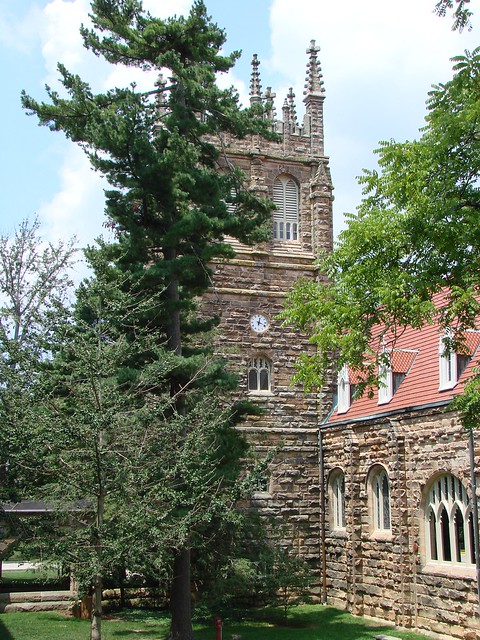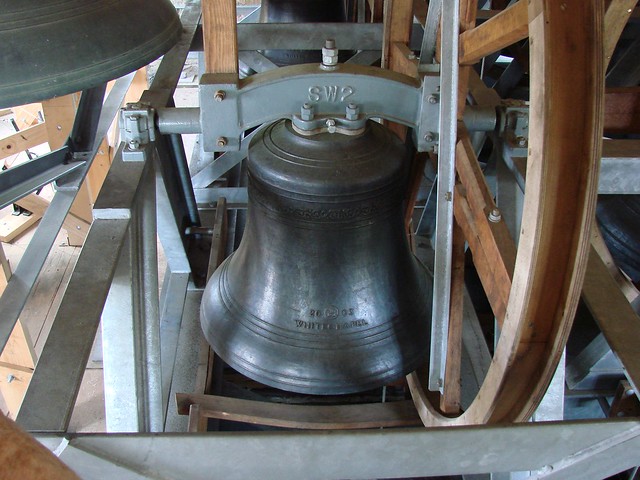Originally posted by Hunter
View Post
I have embibed in more than my fair share of George Dickel.
I dun my schoolin' at Sewanee, which is within spittin' distance of the Dickel distillery. It was there that I developed a preference for Tennessee sour mash, over Kentucky Bourbon. But, these days, I rarely embibe in anything.
Sewanee, by the way, is the proud owner of eight bells that were cast at the Whitechapel Bell Foundry:

Breslin Tower, The University of the South; Sewanee, Tennessee; 2007 (Click Image, to Enlarge in flickr)

"2003 Whitechapel": Breslin Tower, The University of the South; Sewanee, Tennessee; 2007 (Click Image, to Enlarge in flickr)



Leave a comment: